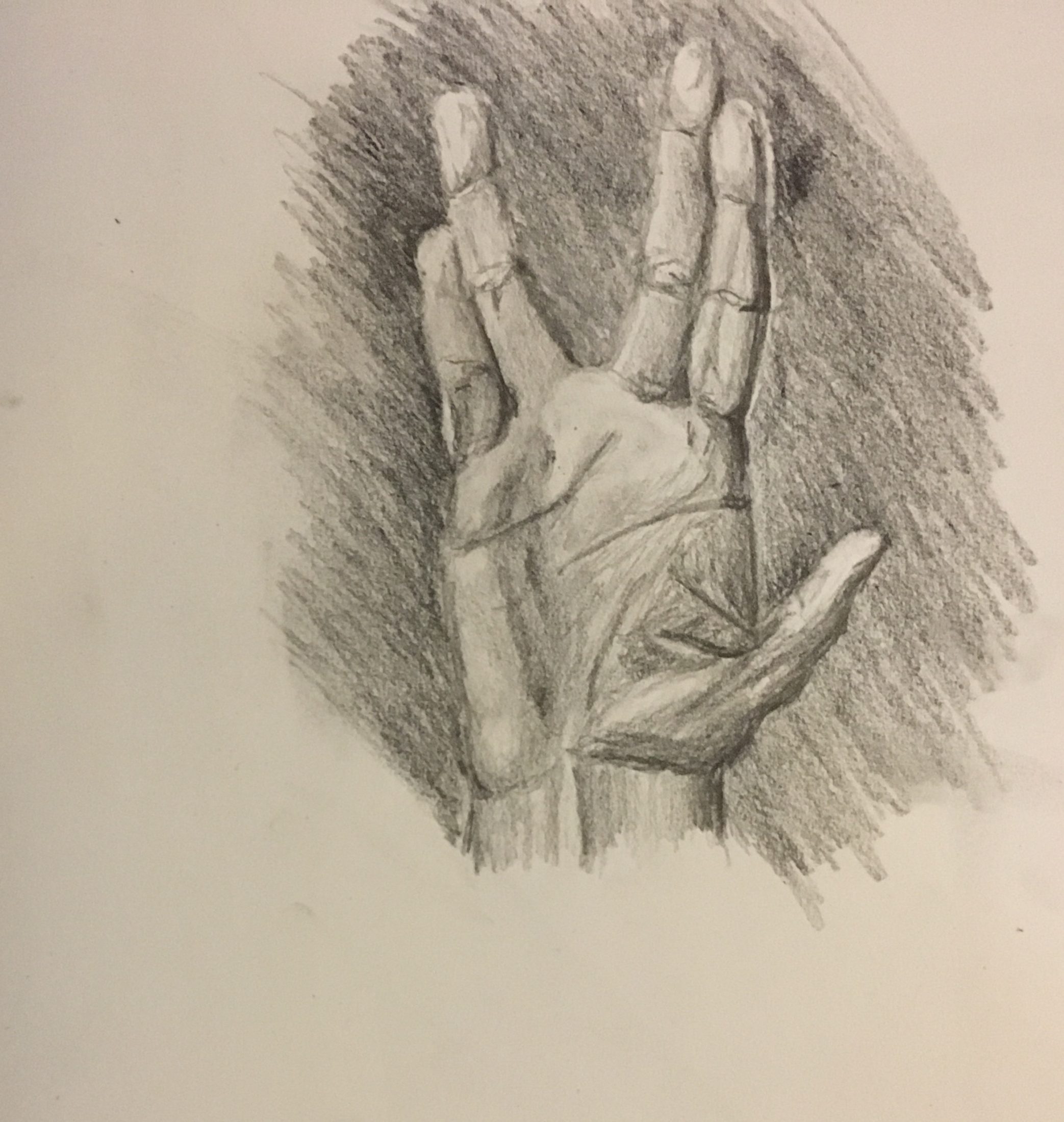Pt. 4 of DISCO, series. Contains spoilers. I am up to date, though breakdowns for episodes 1- 9 only use information from those episodes. Part 1, Part 2, Part 3.
Ok, so the episode breakdowns start. I’m doing episodes 1 and 2 together because they are so similar in story line and have the same characters.
So who are the characters in these episodes?
Captain Philippa Georgiou and Michael Burnham. Two human characters, both main characters, in these episodes. Michael Burnham continues to be a main character and the Klingons will also continue to appear.
While I believe different spices in the federation represent different aspects of humanity, when considering the diversity and inclusion I’m only considering characters who are human or serve on human ships because I know where human characters fit into social hierarchy. Characters of other species will have separate posts, to analyze social structures of the species. As such I will not give discussion to the Klingon characters.
Anyway, back to measuring up episodes 1 and 2. These episodes have two characters, that’s minus 2 points. But both are woman of color plus main characters, so add 8 points, 4 from each character. -2+8=6 points. These episodes have excellent inclusion and centering. Easily passes. And I don’t find it overkill, I love it.
What else do I like about these episodes? A lot.
The captain is able to listen to Michael Burnham, which I see as very positive. In our society women, and people of color aren’t listened to. The me too movement is big right now, and some women have been able to speak out and be believed, but most of the women who are speaking out are wealthy white women. As a country(the USA), as in this show, generally the only people who listen to women of color are other woman of color. In future episodes who will listen to Michael Burnham? While it’s good to watch a show that follows the story about a smart, competent woman of color, and a character who must navigate cultures, is good, I have to ask will other characters listen to what she has to say and will we?
I like how these episodes give hope that someday Michael Burnham could be captain. Captain Philippa Georgiou sees that she has flaws, but believes that one day she will get to the captains’ chair. Unfortunately, Michael Burnham is harshly punished for helping start a war and disobeying orders. Her harsh punishment is out of line compared to other Star Trek series, which is maybe a good way in which this show pushes itself? That’s a topic for another post.
What don’t I like?
Captain Philippa Georgiou is first character to die. While this is a surprising move considering how few characters die overall in Star Trek, her death is not terribly surprising. The show couldn’t have two colored women in charge of a spaceship…
If two colored women where in charge of a spaceship that would be awesome, but considering racism and sexism are still prevalent in society, that’s not going to happen, especially on a sic-fi.
I loved these two episodes. Unfortunately, though I enjoyed the rest of the episodes, I will have harsher criticisms, just so you know. If you enjoyed these episode breakdowns, keep reading, I think the rest will be similar in analysis level.












